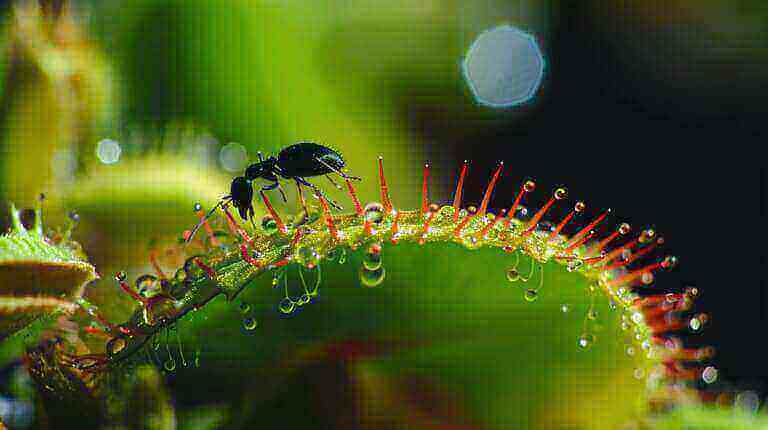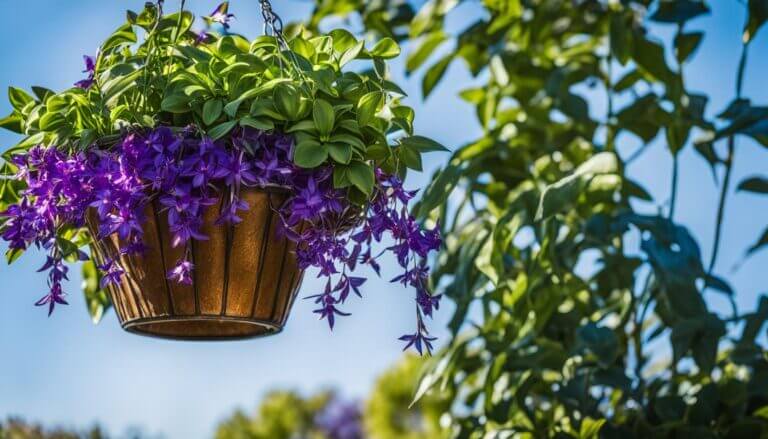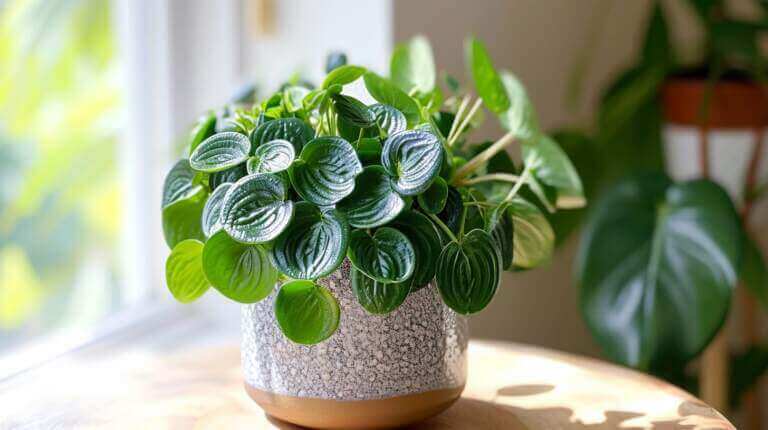The Complete Guide to Peace Lily Care: Expert Tips for Peace Lily Plants(Spathiphyllum)
Caring for a peace lily scientifically known as Spathiphyllum, easy for even novice indoor houseplant owners due to its hardiness. With their graceful white flowers and large green leaves, peace lilies make excellent additions to any home. Follow this comprehensive peace lily care guide to keep your plants thriving indoors.
Key Peace Lily Care Tips:
- Water when top inch of soil is dry
- Bright, indirect light
- Humidity above 50%
- Well-draining potting mix
- Repot when rootbound
- Feed monthly during growth
- Ideal temps 65-80°F
- Dust leaves to shine
- Prune spent blooms
- Non-toxic to humans
Key Takeaways:
| Do’s | Don’ts |
|---|---|
| Water your peace lily when the top of the soil is dry | Don’t let your plant sit in standing water |
| Keep your plant in indirect light | Avoid direct sunlight |
| Fertilize your peace lily in spring and summer | Don’t over-fertilize |
| Repot your peace lily when it outgrows its pot | Don’t repot too frequently |
Watering Your Indoor Peace Lily Plant(Spathiphyllum)
Peace lilies prefer their soil to be consistently moist. However, they don’t like to sit in standing water. Overwatering can lead to root rot, which can kill the plant. On the other hand, underwatering can cause the plant to wilt. A good rule of thumb is to water your peace lily when the top of the soil feels dry.
Tips for Watering Peace Lilies
- Allow soil to partially dry out between waterings
- Check for moisture 2-3 inches deep before watering
- Water thoroughly until it runs from drainage holes
- Use room temperature filtered or distilled water
- Keep leaves dry to prevent disease
- Maintain 40-60% humidity
Proper watering is vital for a thriving peace lily. Though they prefer moist soil, allowing the potting mix to dry out partially between waterings is recommended. Only water when the top 2-3 inches of soil becomes slightly dry. Thoroughly drench the soil until you see water draining from the bottom drainage holes, then allow any excess to drain away. This ensures the entire root zone gets hydrated. Always use room temperature water, as cold water can shock the roots. Filtered or distilled water is best to prevent buildup of chemicals and salts. Take care not to get the leaves and crown wet when watering, as this can lead to fungal disease. Maintaining 40-60% humidity around your peace lily supplements watering and keeps leaves looking their best. Check soil frequently and water again once the top portion becomes dry. Proper watering technique and frequency will keep your peace lily happy and healthy.
Peace Lily Plant Care(Light and Temperature)
Peace lilies thrive in indirect light. Direct sunlight can scorch the leaves, causing them to turn brown. They also prefer warmer temperatures, ideally between 65-80°F (18-27°C).
Peace Lily Light Needs:
- Bright, indirect light
- East or west facing windows ideal
- Rotate plant to prevent one-sided growth
- Avoid direct sunlight
Ideal Temperature Range:
- Daytime – 65°F to 85°F
- Nighttime – 60°F to 70°F
- Avoid drafty areas
Peace lilies thrive in bright, indirect sunlight. An east or west facing window provides the right amount of light without scorching the leaves. Some direct morning sun from an east window is tolerable. Too little light will cause the stems to bend towards the light source and foliage to become sparse. Rotate the plant periodically to ensure even, balanced growth. Direct hot sunlight will burn the leaves, causing brown spots or yellowing.Shelter the peace lily from drafty areas as they prefer warm, consistent temperatures between 65-85°F during the day and 60-70°F at night. Cooler nighttime temperatures encourage blooming. Avoid placing peace lilies near heating/cooling vents or drafty windows. Use a humidifier in dry air environments to supplement moisture. Monitoring light exposure and providing the ideal temperature range will result in a thriving peace lily displaying glossy green leaves.
Humidity and Fertilizing Needs
Peace lilies enjoy high humidity. You can increase humidity by misting the leaves regularly or using a pebble tray filled with water. Fertilize your peace lily with an indoor plant food during the spring and summer months.
Peace Lily Humidity Needs:
- 40-60% humidity ideal
- Use a humidifier
- Group plants together
- Place on pebble tray
Fertilizing Recommendations:
- Diluted balanced liquid fertilizer
- Fertilize every 2-4 weeks during growth
- Reduce feeding in winter
- Flush soil to prevent salt buildup
Peace lilies thrive in 40-60% relative humidity. In dry indoor environments, use a humidifier nearby to supplement moisture. Grouping plants together raises local humidity levels. Placing the pot on a pebble tray filled with water can provide a humid microclimate. Mist the leaves occasionally to hydrate and clean dust.
Feed peace lilies with a diluted balanced houseplant fertilizer every 2-4 weeks during active growth in spring and summer. Dilute to half or quarter strength recommended on the label. Reduce feeding frequency in fall and winter when growth naturally slows. Flush the soil with water every month to prevent buildup of salts from fertilizer. Aim for a constant supply of nutrients by fertilizing routinely with a mild balanced fertilizer. This encourages lush green growth and prolific blooming in peace lilies.
Repotting Your Peace Lily
When your peace lily’s roots fill up the pot, it’s time to repot. Spring is the best time to repot your peace lily.
Tips for Repotting a Peace Lily:
- Repot every 2-3 years in spring
- Move to a container only 1-2 inches larger
- Use general houseplant potting mix
- Gently loosen rootball
- Bury at same level as old pot
- Water well after repotting
Though peace lilies prefer being a bit rootbound, they eventually need repotting to allow for growth. The best time to repot is in spring every 2-3 years before the plant becomes overly rootbound. Choose a pot only 1-2 inches larger than the current one, as peace lilies dislike too much extra space. Use a general houseplant potting mix and fill the new container about 1/3 full. Gently remove the peace lily from its old pot and loosen the root ball with your hands or a tool to encourage new root growth. Place the plant in the new pot and fill in around it with more fresh, moist soil.
Water well after repotting to remove air pockets. Discard any drained water to wash away fertilizer salts. Repot at the same level it was originally growing to prevent burying the rhizomes. Keep the peace lily out of direct sun while it adjusts to its new container. Repotting revitalizes growth and can encourage new blooms. Avoid disturbing the roots further until the next repot in a couple years.
Common Issues and Solutions
One common issue is brown leaf tips, which are usually caused by overwatering or low humidity. If you notice brown tips on your peace lily leaves, adjust your watering schedule and make sure your plant is getting enough humidity.
Common Peace Lily Problems and Solutions:
Issues:
- Drooping leaves
- Brown leaf tips
- Flower bracts falling over
- Mealybugs or spider mites
Solutions:
- Adjust watering frequency
- Increase humidity
- Provide support as blooms emerge
- Isolate and treat pests
Peace lilies are relatively easy care plants but can encounter issues like drooping leaves, brown leaf tips, and pest problems. Drooping leaves are commonly caused by improper watering. Both under and overwatering can cause leaves to go limp. Adjust your watering frequency and technique to hydrate the plant appropriately.
Dry air can lead to brown leaf tips. Increase humidity around the peace lily by misting, using a humidifier, or placing on a pebble tray. As new flower bracts emerge, support them with plant stakes to prevent toppling over from the weight.
Check regularly for common pests like mealybugs and spider mites which can infest the plant. Isolate any infected plants and treat with horticultural oils or insecticidal soaps. Addressing cultural issues and pests promptly allows you to get your peace lily thriving again.
FAQs
Are peace lilies poisonous?
Yes, peace lilies are toxic if ingested, so they should be kept away from pets and children.
Can I plant my peace lily outdoors?
Peace lilies are typically indoor plants but can be planted outdoors in warm climates with indirect sunlight.
How often do I need to water my peace lily?
Water your plant when the top of the soil feels dry. Avoid letting your plant sit in standing water.
How do I grow peace lilies?
Peace lilies grow best in indirect sunlight and prefer a well-draining potting mix. Water the plant when the top inch of soil feels dry to the touch.
What care does a peace lily plant need?
Peace lily plant care involves providing indirect sunlight, maintaining a consistent watering schedule, and using a well-draining potting mix. It’s also important to repot the plant when it becomes root-bound.
How do I propagate a peace lily?
To propagate a peace lily, you can divide the plant at the base during repotting. Each division can be planted in a new pot to grow a new plant.
How much water do peace lilies need?
Peace lilies need to be watered when the top inch of soil feels dry. Overwatering can lead to root rot, so it’s important to avoid letting the plant sit in water.
How do I get my peace lily to flower?
Peace lilies typically flower in response to their care conditions. Providing indirect sunlight, proper watering, and regular feeding with a balanced fertilizer can help your peace lily bloom.
Can peace lilies be grown indoors?
Yes, peace lilies are popular houseplants that can be grown indoors. They prefer bright, indirect light and are sensitive to overwatering.
Why are the tips of my peace lily turning brown?
Brown tips on a peace lily may indicate that the plant is receiving too much sunlight or that it’s being overwatered. Adjusting your care routine can help address this issue.
What type of pot is best for a peace lily?
A pot with good drainage is essential for peace lilies. The size of the pot should be proportional to the size of the plant – not too large or too small.
Is it easy to care for peace lilies?
Yes, peace lilies are generally easy to care for. They’re tolerant of low light conditions and don’t require frequent watering, making them suitable even for novice plant parents.
What should I do if my peace lily isn’t blooming?
If your peace lily isn’t blooming, it may not be getting enough light or it might need feeding. Moving your plant to a brighter location and feeding it with a balanced fertilizer can help encourage blooming.







